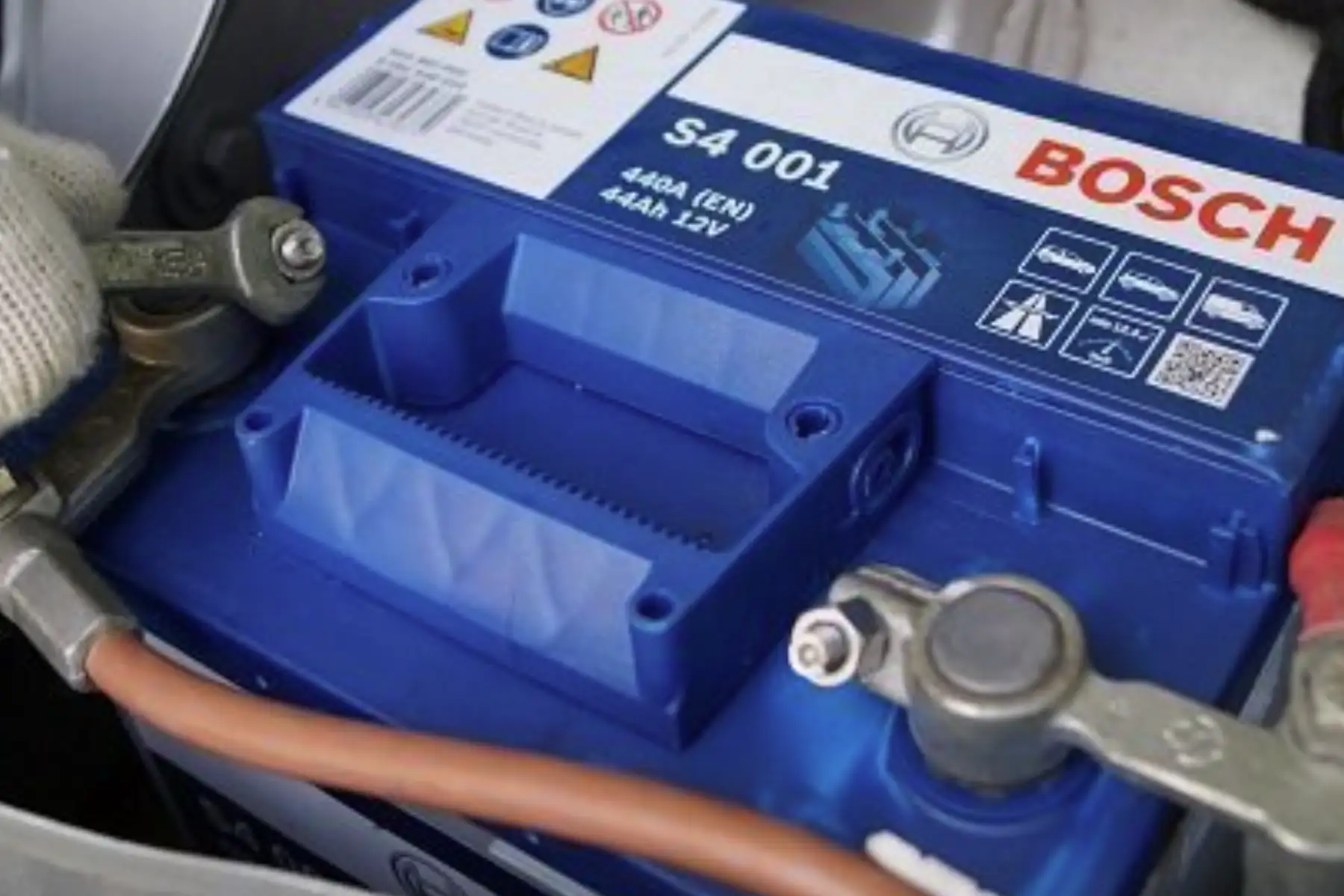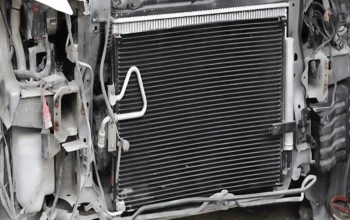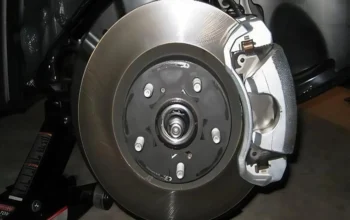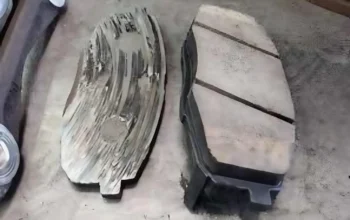Is your car battery not charging, and now your car won’t start? Before you rush out to buy a new battery, hold on. Many times, the real problem isn’t the battery itself, it’s the charging system. If you know how to fix car battery not charging issues early, you can save time, money, and avoid getting stranded.
Understanding the symptoms of a bad car battery or a faulty alternator can help you fix the issue without replacing parts that still work. This guide walks you through common reasons your battery won’t charge, and how to troubleshoot the system step-by-step.
Let’s get into it.
Table of Contents:
Why Your Car Battery Is Not Charging
When your car battery stops charging, it’s usually due to a fault in the charging system, not the battery itself. A healthy battery should hold at least 12 volts when the engine is off and reach around 13–14.5 volts while running. If that’s not happening, something’s off.
The most common culprit? The alternator.
How the Car Charging System Works
Your car’s charging system includes:
- Alternator: Converts engine power into electrical energy to charge the battery.
- Battery: Stores electrical energy for starting and powering electronics.
- Voltage Regulator: Controls how much voltage the alternator sends.
If one part fails, your battery won’t receive enough charge, or worse, it might get overcharged and damaged.
Signs of a Bad Charging System
Before diving into fixes, here are some classic red flags:
- Dim headlights while idling
- Car won’t start after parking overnight
- Battery warning light on dashboard
- Clicking sound when turning the key
- Burning smell or whining noise from engine bay
How to Fix a Car Battery That Won’t Charge

Try these steps before you replace anything. A quick diagnosis can help pinpoint the real issue.
1. Test the Battery Voltage
Use a digital multimeter (aka voltmeter) to check battery voltage.
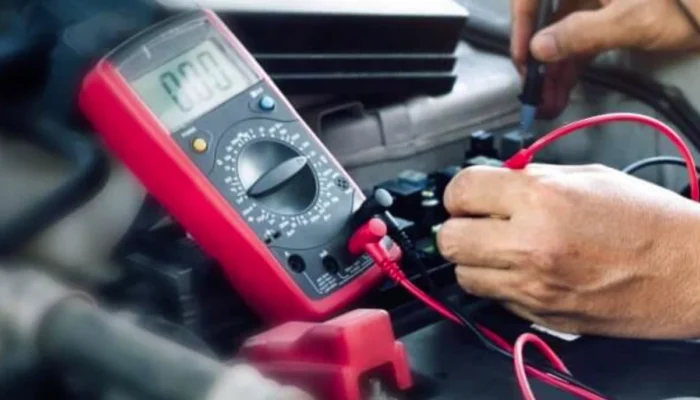
- Set your meter to DC voltage.
- Connect the red probe to the positive (+) terminal and the black probe to the negative (–).
- Engine off: The reading should be 12.4V–12.7V (healthy).
- Engine on: The reading should jump to 13.5V–14.5V (charging).
If it stays below 13V when the engine is running, you might have alternator issues.
2. Inspect the Alternator Output

With the engine running:
- Look for any loose or frayed wires.
- Listen for unusual noises from the alternator.
- If you can, touch the front of the alternator with a screwdriver. If it sticks slightly, the magnetic field is working, a good sign.
- Caution: Avoid touching the area near the V-belt or the sides of the pulley while the engine is running. The screwdriver could get caught and cause serious hand injuries. Only touch the front of the pulley, which is safer and away from the moving belt.
- Do not attempt this test if you’re unsure or inexperienced.
No pull? Your alternator may be failing.
3. Check the Alternator Belt
The alternator is driven by a belt. If the belt is:
- Loose
- Cracked
- Slipping
…the alternator won’t spin fast enough to charge the battery. Tighten or replace it if needed.
4. Look for a Voltage Drop
Even if the alternator works, bad wiring can prevent power from reaching the battery. You can test for a voltage drop by comparing readings at:
- Alternator output terminal
- Battery positive terminal
If the difference is more than 0.2V, wiring could be the problem.
5. Test the Battery with a Load
If everything above checks out, maybe your battery really is bad. Head to a local auto shop and ask for a load test. This checks whether the battery can hold power under pressure.
Can I Still Drive If My Battery Isn’t Charging?
Short answer: No. Once your battery runs out of juice, the car dies, even if the engine’s on. Modern cars rely on electrical systems for everything: fuel injection, lights, sensors, power steering, you name it.
When to Replace the Battery
If your battery:
- Is over 4 years old
- Won’t hold charge even after driving
- Shows signs of swelling or leakage
…then it’s time to replace it. But only after you’ve ruled out alternator or wiring problems.
Quick Tips to Prevent Future Charging Issues
1. Keep Battery Terminals Clean
Corrosion buildup reduces contact and affects charging. Clean with baking soda and water regularly.
2. Check for Loose Cables
Always make sure the battery clamps are tight. A loose cable can cut off power without warning.
3. Inspect the Charging System Annually
Have your mechanic run a quick test once a year, especially before winter.
Final Thoughts
If your car battery is not charging, don’t jump straight to replacements. Test your alternator, battery, and wiring first. With a simple multimeter and a bit of observation, you can often figure out how to fix a car battery that won’t charge without spending big bucks.
Understanding your car’s electrical system is key to keeping it running smoothly. So next time your car won’t start, you’ll know what to check first.
